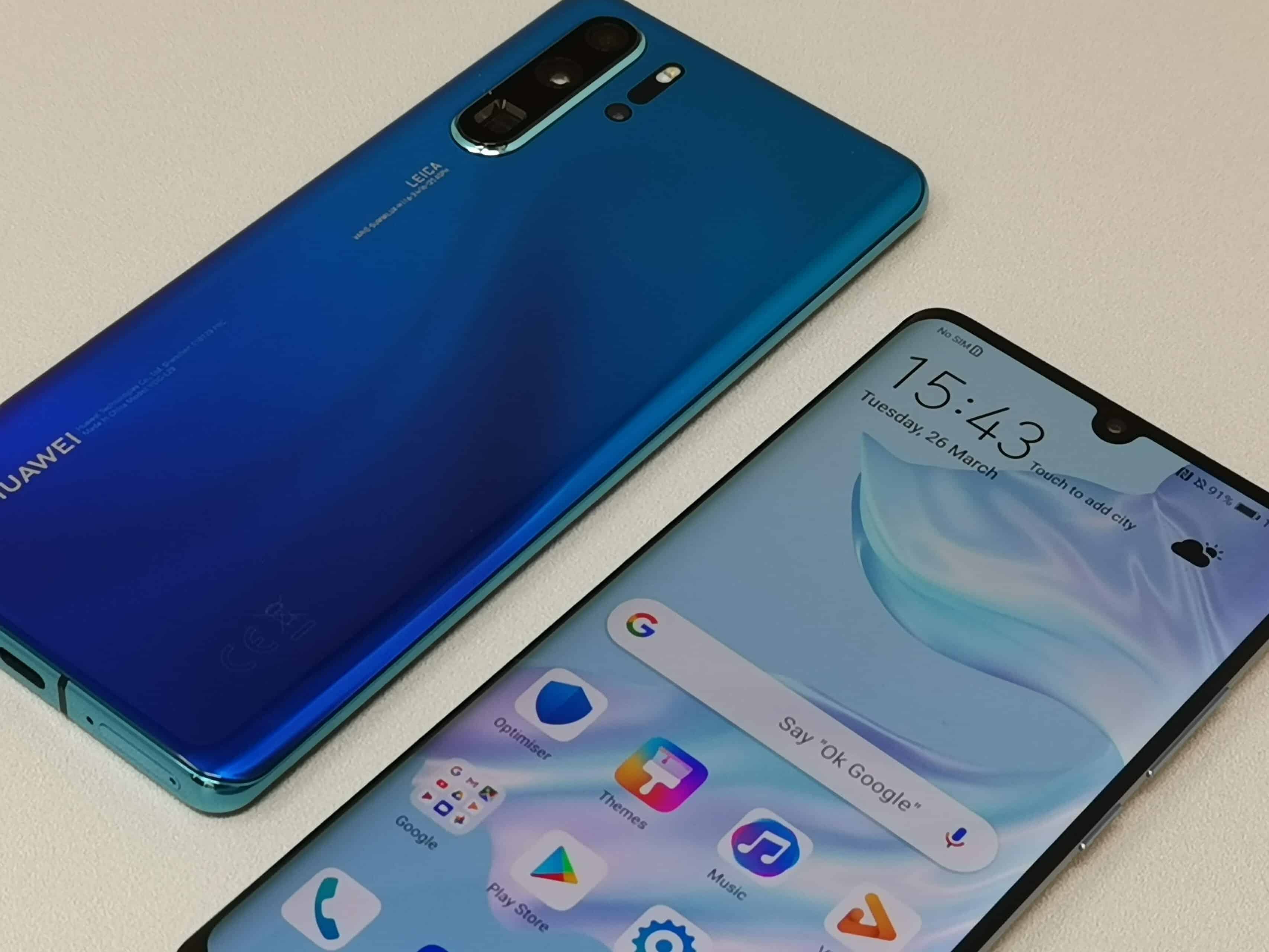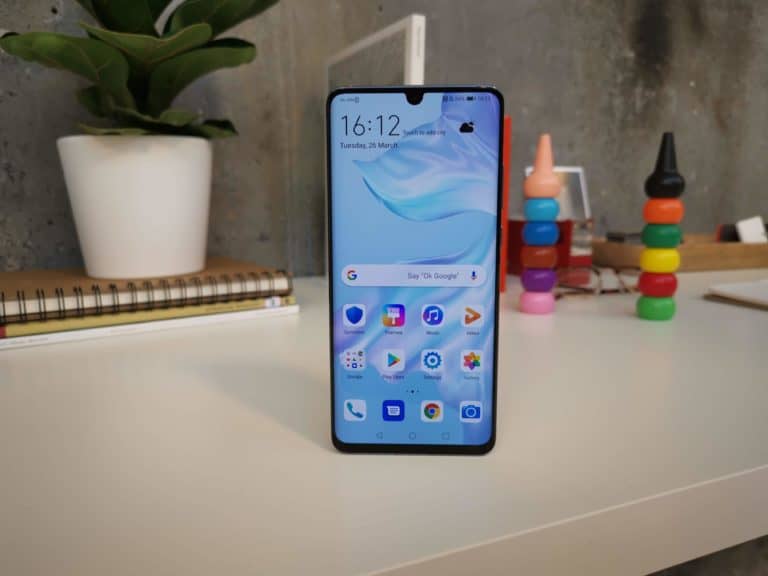Huawei launched the P30 and P30 Pro in Paris. The Chinese telecom giant shows his ambition to use the phones to set a new standard in smartphone photography.
This new device family is rewriting the rules of mobile photography, says Richard Yu, CEO of Huawei Consumer Business Group proudly. During the press conference, most of the attention goes to the camera qualities of the phones. The SuperSpectrum sensor in the main camera and the telephoto lens with 5x optical zoom via an ingenious periscope system are the highlights.
SuperSpectrum
The SuperSpectrum sensor uses a Bayer filter based on red, yellow and blue (RYYB) instead of red, green and blue (RGGB) for color reduction, as is normally the case. According to Huawei, this allows 40 percent more light to pass through, with a maximum ISO value of 409,600. In combination with larger pixels, the RYYB filter makes a big difference in poor lighting conditions.
To deliver 5x optical zoom in the P30 Pro’s thin smartphone chassis, Huawei devised an ingenious periscope system, where the light enters a mirror and is then reflected on the sensor by a lens array that sits across the smartphone. In combination with AI, 10x hybrid zoom is also possible and even up to 50x digital zoom. On the P30, the optical zoom is limited to 3x and the digital zoom to 30x.
Time-of-Flight
The third camera is an ultra-wide-angle lens, which we also know from the Mate 20 Pro, and the P30 Pro also adds a Time-of-Flight (ToF) camera. It cannot be controlled by the user himself, but measures the distance from the smartphone to an object in real time in order to obtain more accurate depth information and to enable a multi-layered bokeh effect.

Steps were also taken on the video side with the addition of optical image stabilisation on the main camera and telephoto lens, on top of artificial image stabilisation, on the one hand, and the new Dual View function, on the other. Dual View allows you to simultaneously record video with the ultra-wide-angle and zoom lenses and play the results side by side.
Kirin 980
Under the bonnet is the same Kirin 980 that we know from last year’s Mate 20 Pro. That phone doesn’t have 3D face recognition, reducing the notch to a drop of water. The fingerprint sensor below the screen does show signs and has been further improved compared to the Mate 20 Pro. According to Huawei, he reacts 30 percent faster.
The complete specifications for the P30 and P30 Pro:
Huawei P30
? Screen: 6.1 inch OLED (2340×1080 pixels)
? Chipset: Kirin 980 (7 nm octacore)
? RAM: 6 GB
? ROM: 128 GB
? Camera: 40 MP + 16 MP ultra-wide-angle + 8 MP telephoto lens (3x optical zoom)
? Front Camera: 32 MP
? Battery: 3,650 mAh
? OS: Android 9 Pie + EMUI 9.1
Huawei P30 Pro
? Screen: 6.47 inch OLED (2340×1080 pixels)
? Chipset: Kirin 980 (7 nm octacore)
? RAM: 8 GB
? ROM: 128 GB
? Camera: 40 MP + 20 MP ultra-wide-angle + 8 MP telephoto lens (5x optical zoom) + ToF
? Front Camera: 32 MP
? Battery: 4,200 mAh
? OS: Android 9 Pie + EMUI 9.1

Prices and availability
The Huawei P30 and P30 Pro will be available in Belgium from 29 March at a recommended retail price of 749 euros for the P30 and 999 euros for the P30 Pro. If you want to expand the internal memory of the P30 Pro from 128 GB to 256 GB, you pay 1,049 euros.
In addition to classic black, both smartphones are available in three different gradient finishes: Breathing Crystal, Aurora and Amber Sunrise.
Huawei will be offering a launch offer until 30 April, where you can buy a Sonos One (worth 229 euros) for free with the purchase of a P30 or P30 Pro. In the case of the P30 Pro, you also get a wireless charger from Huawei on top of it.
A few weeks before the launch, Techzine was able to start working with the Huawei P30 Pro. Read our first impression here.
This news article was automatically translated from Dutch to give Techzine.eu a head start. All news articles after September 1, 2019 are written in native English and NOT translated. All our background stories are written in native English as well. For more information read our launch article.